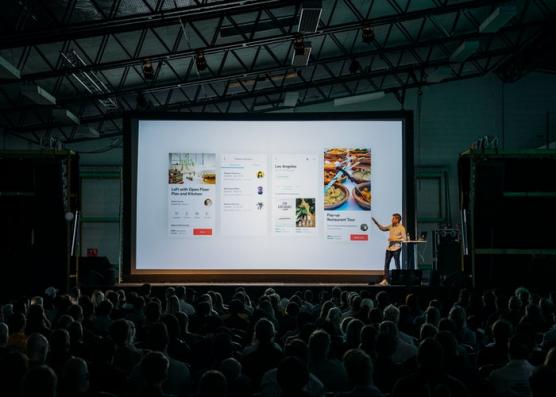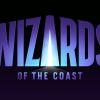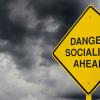The globalizing market is making its new demands every year. Businesses are searching for ways to engage their potential customers. Business professionals have the responsibility of coming up with new and fresh ways to acquire and retain customer attention. Events tend to do this the best. And as with all things, it requires a great deal of marketing. Event marketing is the discipline that is focused on the interaction between the presenter and the audience. Most often, it is a live event that most businesses will consider. It is also the most likely type of event that a large audience will attend. Usually, it is either a product, promotion, cause or organization that we are presenting. An event needs to be a live multimedia package. Meaning, it needs to engage the audience visually and auditorily. In this article, we will determine how to achieve the optimal experience in your events.
Quantifiable objectives
As with all business ventures, we need to have clear goals. These need to be easy to quantify. You will need to put your expectation on paper. If we can quantify and measure it, we can improve upon it. Such goals will give all the participants a sharp focus. Everyone involved will know what they are aiming towards and will do their best to achieve it. The event serves the purpose of achieving certain marketing and advertising goals. If these are not met, the event is considered a commercial failure. Even though the audience might thoroughly enjoy it, the event might fail to satisfy its original purpose. Determine what those goals are. Then figure out ways to deliver the messages to your audience. Do that in a seamless manner. Meaning, the audience should not think that they are watching a commercial event. Sprinkle your message here and there.
Choosing the right venue
You will need to get the right location for the purpose. How many people are you expecting? Is it easily accessible? Is there enough parking space? Is it an attractive venue? The venue you are considering needs to be able to accommodate the number of visitors you have in mind. How long will the event last? A single-day/night events tend to be much simpler. Make sure that the basic needs are met. That is things like food, refreshments, and amenities. It is the events that last for multiple days that need special consideration. These venues need to offer other attractions to visitors, as well. Popular tourist destinations are best for such events. Such locations have these requirements covered. Arguably, choosing a venue is the most important step. Consider the expenses as well. You will need to cover them all. Make sure your marketing campaign justifies the money and time investment.
The audience
It is in our best interest to attract as many visitors as possible. That is, within our predicted scope. We would not want our event to be too crowded. In such cases, potential customers might not feel comfortable. This would lead to a negative event experience. As always, identify the target audience. To do that, you will need to analyze the market. No matter the industry or niche, everyone has a market. You can achieve this by conveying the importance and benefits of attending the event. The attendees will want to extract value from it. Offer value-added to potential customers. Something they can take away home with them. You need to offer what can be used later on in life. Attendees want to learn about the latest products. They want to see influential and engaging presenters. Ultimately, they want to add on their knowledge and experience base.
Gather feedback
Gathering feedback is animportant aspect of event marketing. There are many benefits to it. No one will make a perfect event on their first try. It is a continuous process. In that process, we improve upon it each time we make an event. What attendees feel, think and want from the event is important, for obvious reasons. These needs tend to shift and change. It is your duty to stay on top of their wants, needs, and expectations. One of the most efficient ways to gather feedback is through a feedback form. And not any old, boring one. Offer them something in exchange. Make sure their feedback does not have to be a positive one. Encourage honesty and objectivity. Offer a small discount or a gift voucher that can be redeemed with a complete feedback form. This way, more people will be more inclined to give feedback in writing.
Make yourself heard
There are many powerful tools at our disposal when designing an event. Presentation, graphics, audio, space design, and many more. These can all be custom-tailored to your needs and goals. And those goals are always to get sales and marketing messages across. This is no small task. In the world of the Internet, people’s attention spans have been drastically reduced. Attendees are used to instant gratification. They are used to being a couple of seconds and clicks away from the answers to their questions. This means you have several precious seconds to grab their attention. During this precious timeframe, you will have to attract the customer. Tailor these tools to the best of your abilities for this purpose. Then, you can think about retaining their attention. Live presentations are highly effective at this. Make sure your presenters are capable of acquiring and, later retaining the audience’s attention.
This is about building relationships with your current or future customers. It is about communication. That means even prior to the event itself. Event marketing encompasses everything before, after, and during the event. Before the event, you will need to convey the benefits of attending. During this, it is your responsibility to keep the audience engaged and to deliver your message effectively. After the event, you need to make sure everyone has left with something to take away home. Also, do not forget to collect feedback. Each time you follow these steps, you will make more enjoyable and effective events.
















